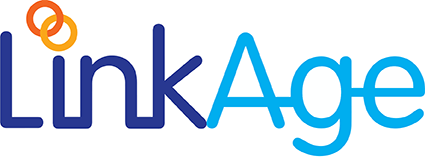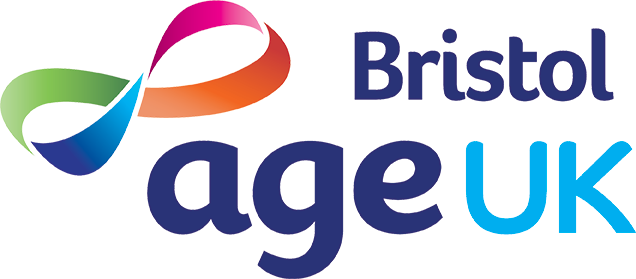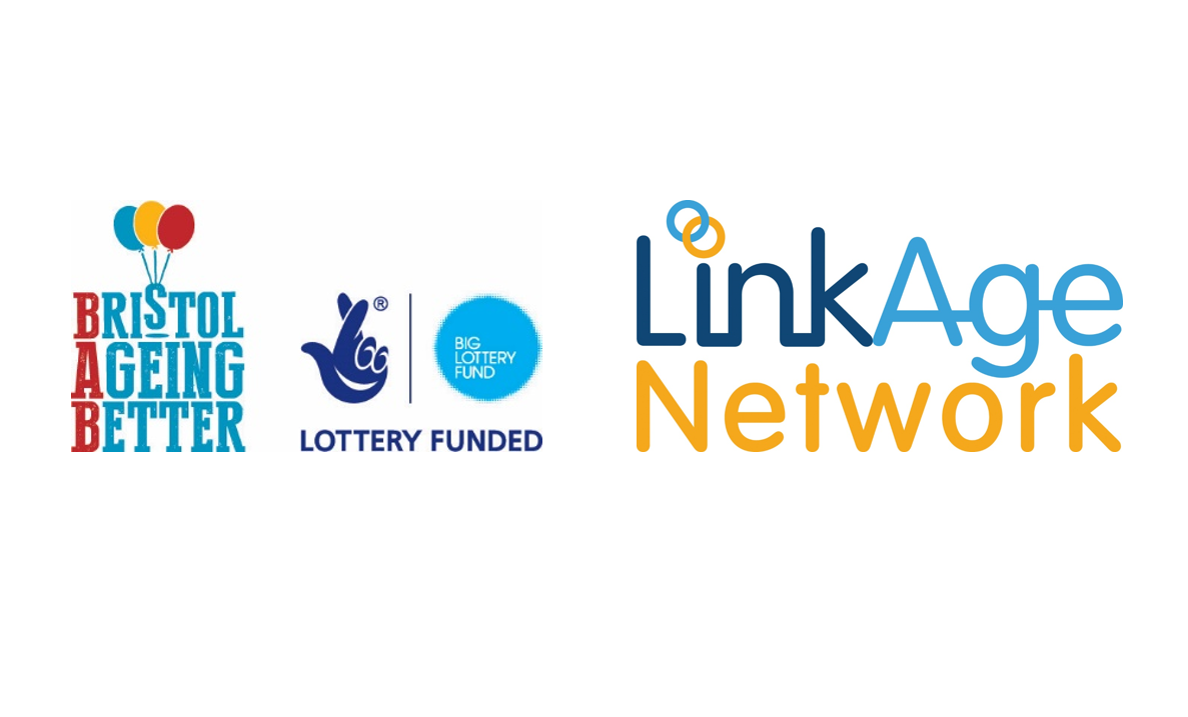In early 2018 BAB and LinkAge Network worked together to run a series of trainings for staff and volunteers in BAB-funded projects. These trainings focused on three of the groups traditionally at greater ‘risk’ of loneliness and social isolation; older people with hearing loss, sight loss/dual sensory loss and experience of substance misuse.
To help this training have greater impact and to bring the evaluation to life, we decided to run a follow-up reflection session in October 2018. The unique thing about this reflection session? It involved three seemingly very different organisations – Bristol Drugs Project (BDP), Sense and the Centre for Deaf and Hard of Hearing (CfD) – coming together to facilitate a joint reflection about three seemingly very different topics.
The idea for a reflection session was not part of the original training plan, but emerged as an idea early on during the development of the training as we began to discuss how we would know whether the training was a success. As such, BDP, Sense and CfD provided the reflection session pro bono. They were all eager to draw people back to thinking about the topics a few months later, recognising that some of the changes people wanted to make to their practice after attending the training may have unintentionally been pushed to the bottom of their to-do list.
In this blog, we reflect on our learning from organising this combined follow-up reflection session and the impact of this innovative approach for attendees.
Collaboration between three different training providers
The process of jointly planning and delivering this reflection session highlighted the similarities between the three topics, particularly substance misuse which on first glance might be seen as being the ‘odd one out’ in the training trio. While each group of older people have different experiences and barriers to engagement, there are similar things staff and volunteers can do to try to be more inclusive to these groups. Read the combined learning here.
Not only were these similarities highlighted for the people who attended the training, they also became clear for Sense, BDP and CfD, who all reported learning from each other through attending each other’s ‘top tips’ session.
Power dynamics
This unique approach to a reflection session helped to reduce many of the power dynamics that frequently occur during training, for example:
- Having five different organisations plan and facilitate the session meant there was not one organisation who was ‘in charge’ above the rest.
- The session used BDP’s ‘Living Encyclopaedia’ model. There were three periods of 20 minutes during which attendees could ask any questions they wanted unique to their own situation and project; attendees shaped the training through these questions – it was not simply done ‘to’ them.
- Two ‘service users’ from BDP were involved in facilitating the reflection session and took the lead in telling their own personal stories and choosing how to respond to questions.
In this way, the session followed the principles of democratic process and asset-based community development.
Learning through doing
It was planned that the session would start informally with a shared breakfast around one long table, followed by a collective agreement about how we would communicate during the morning. The idea was that this informal start would help to break down power dynamics and encourage individuals to share what changes could be made to aid their communication, for example speaking one-at-a-time or saying names before speaking.
However we learnt that attendees did not want to share their communication requirements in front of a large group, and instead preferred to share this one-to-one. The experience of trying both methods reinforced this learning about the best way to find out people’s communication preferences.
Although the initial plan was for this reflection session to involve everyone who had previously attended the training on hearing loss, sight loss/dual sensory loss and substance misuse, we experienced a challenge of who to invite. After inviting everyone who had previously attended the training, there was still capacity for more people to attend. As 10 new BAB-funded projects had started in the months between the original training and the reflection session, we decided to also invite these new staff and volunteers in order to maximise the number of people benefiting from this learning.
However this meant that there was a disparity in participants’ knowledge – some people had prior knowledge of these topics while others did not. To overcome this challenge, the session included BDP, Sense and CfD each sharing their top tips for reaching and engaging older people from their communities. In this way, it refreshed the learning of those who had previously attended and provided the key basics for those who were new to these areas.
In summary, here are our recommendations for others delivering a similar session:
• A combined session encompassing different training topics works well and has many benefits for both attendees and the organisations facilitating it. On first glance topics might appear to be very different, but people’s lives are intersectional and the same individual is likely to fall into many different communities.
• Think about how you can minimise power dynamics. This ranges from having a variety of people involved in the planning and facilitation, to the physical layout of the room such as sitting in a circle together with the ‘expert’ organisations rather than in rows.
• Arrange the date for the follow-up reflection session in advance so that attendees are aware of this date and can sign up for it at the same time that they sign up for the training – the two should come as a pair.
Claire Chivers (BAB) and Magda Kowalik-Malcolm (LinkAge Network)
“For me it’s the fact that this was a true collaboration with openness and honesty, no one person was really in charge, it was a collective decision.”
“I learnt about practicing complete inclusivity. To be honest it didn’t cross my mind about BAME people with hearing and visual loss as a minority group.”
“It was great to have people from three different organisations rather than just one, making the training even more useful. Possibly even more speakers would be good, but this would then result in there being less time for questions which was also valuable.”


